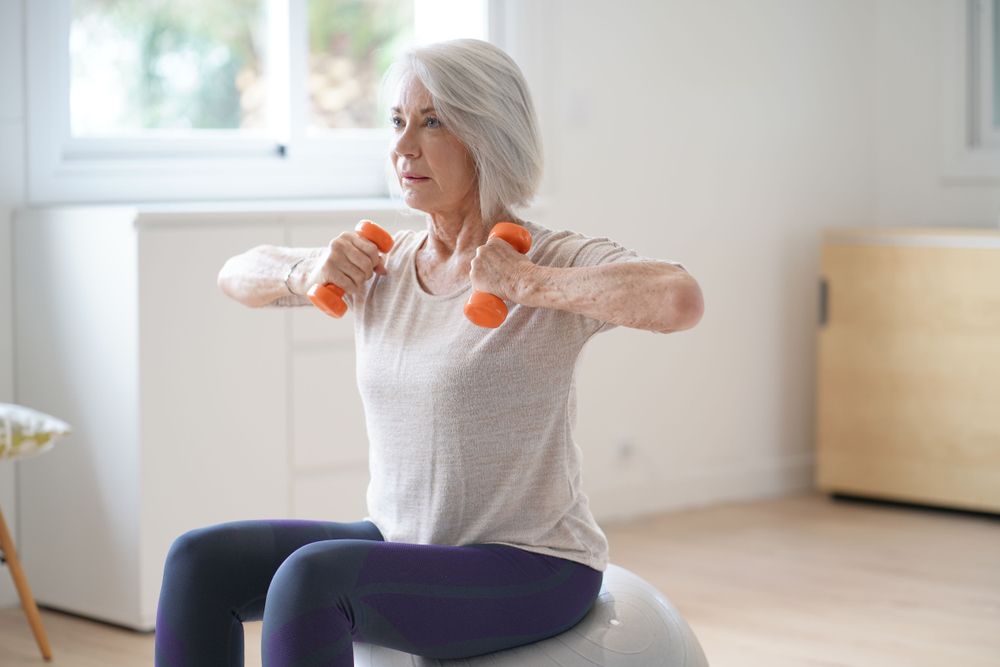As you age, maintaining muscle mass becomes increasingly crucial, not only for strength but also for overall health and vitality. Floor workouts provide a convenient and accessible means to build muscle without requiring specialized equipment. Whether you're a senior aiming to regain lost muscle mass or someone seeking to prevent age-related muscle decline, these five tailored floor workouts can help you effectively achieve your objectives.
Incorporating these floor workouts into your exercise regimen can assist in regaining muscle mass, enhancing strength, and improving overall physical function as you age. It's essential to begin gradually, prioritize correct form, and progressively elevate the intensity and duration of your workouts. Before commencing any new exercise program, consult with a healthcare professional, particularly if you have underlying health concerns or medical conditions.
Through dedication and consistency, you can reap the rewards of enhanced muscle mass and functional strength well into your golden years. Continue reading to discover the top five workouts tailored to help you regain muscle mass as you age.
Workout #1: Pushups
Starting off our floor workouts to rebuild muscle mass as you age are pushups. Pushups are a timeless bodyweight exercise focusing on the chest, shoulders, and triceps, aiding in the development of upper-body strength and muscle mass.
1) Standard Pushups
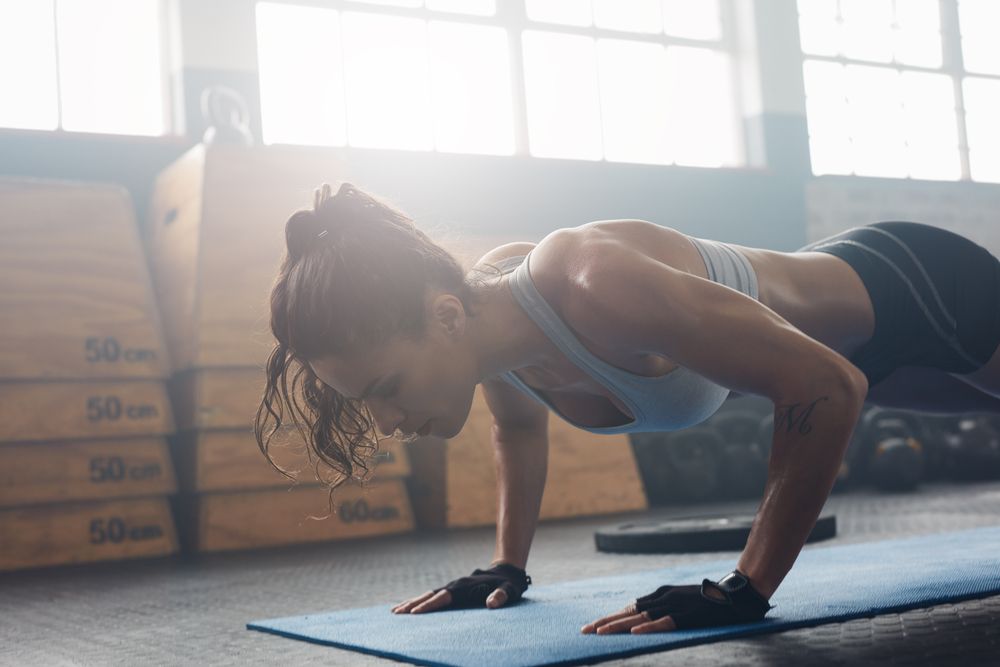
Begin by assuming a plank position, with your hands slightly wider than shoulder-width apart and your body forming a straight line from your head to your heels. Lower your body until your chest is near the floor while ensuring your elbows remain close to your sides. Push through your palms to return to the starting position. Aim to complete two sets of eight to 12 repetitions each.
2) Incline Pushups
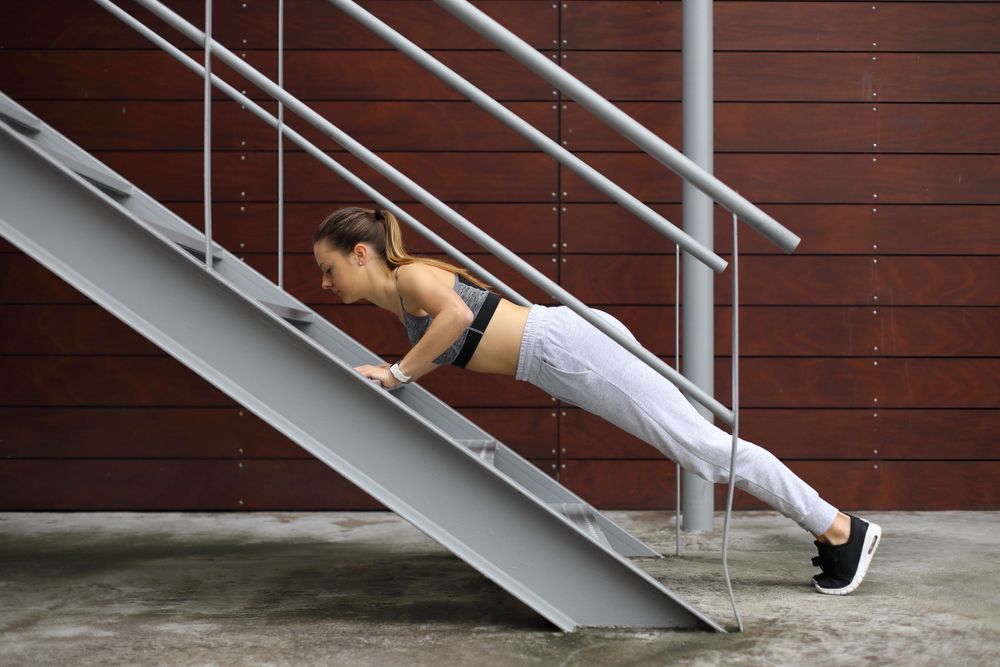
Position your hands on an elevated surface like a bench or sturdy chair, ensuring your body forms a straight line from your head to your heels. Lower your body until your chest touches the surface, then push back up to the starting position. Aim for two sets of eight to 12 repetitions each, gradually elevating the incline as you gain strength.
3) Modified Pushups
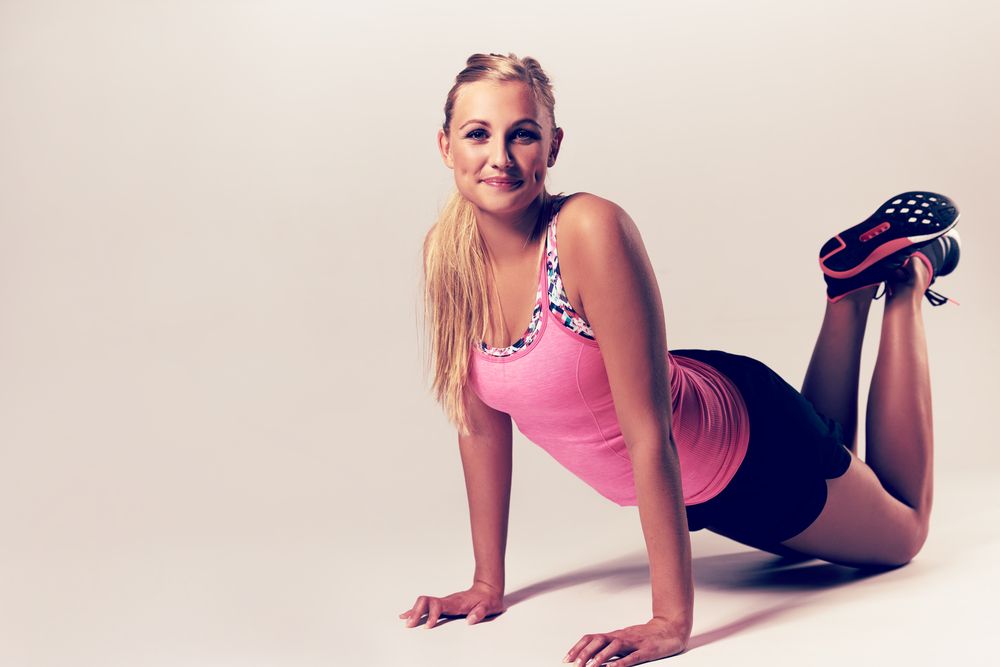
Begin by positioning yourself on your knees instead of your toes, with your hands slightly wider than shoulder-width apart. Lower your chest towards the floor while maintaining alignment between your hips and shoulders. Push back up to the starting position, aiming to complete two sets of eight to 12 repetitions each.
Workout 2: Bodyweight Squats
Bodyweight squats are a powerful lower-body exercise that targets the quadriceps, hamstrings, and glutes, fostering strength and muscle development in the legs.
1) Standard Bodyweight Squats
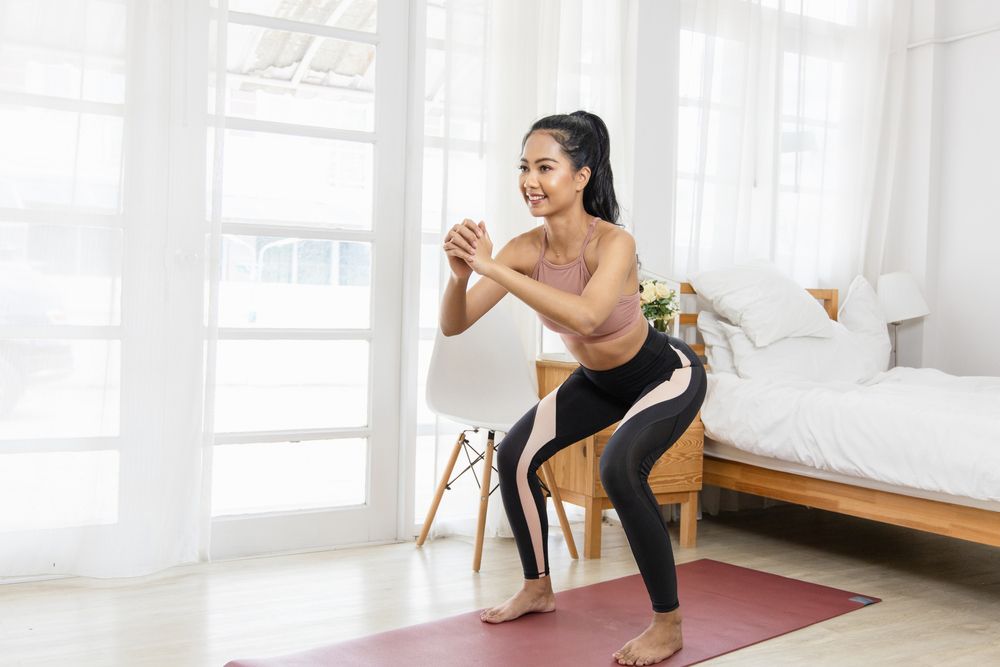
Stand with your feet shoulder-width apart and toes slightly turned out. Bend your knees and hips while keeping your chest up and back straight. Lower your body until your thighs are parallel to the floor, then push through your heels to return to the starting position. Aim for two sets of 10 to 15 repetitions each.
2) Sumo Squats

Stand with your feet wider than shoulder-width apart, toes pointed outward at a 45-degree angle. Lower your body into a squat position, ensuring your knees track over your toes. Push through your heels to return to the starting position, aiming for two sets of 10 to 15 repetitions each.
3) Split Squats
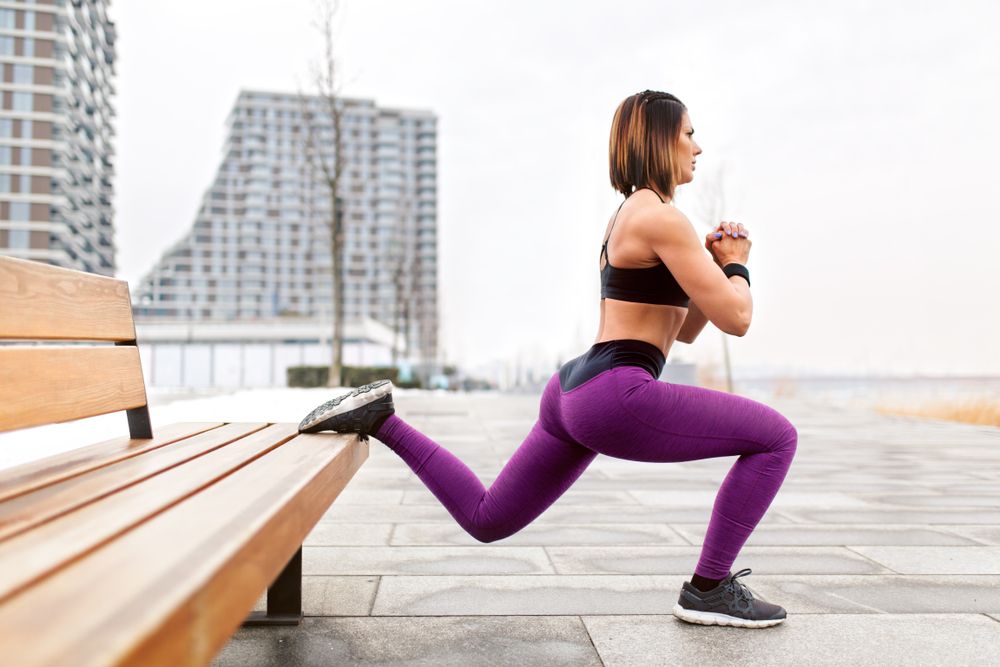
Start in a split stance with one foot forward and the other foot positioned behind you. Lower your body by bending both knees, keeping your front knee aligned with your ankle. Push through the heel of your front foot to return to the starting position. Aim for two sets of eight to 12 repetitions on each leg.
Workout 3: Planks
Planks are an incredibly effective core exercise that also activates the muscles in the shoulders, chest, and glutes, enhancing overall stability and muscle tone.
1) Standard Planks

Begin in a pushup position, ensuring your hands are directly under your shoulders and your body forms a straight line from your head to your heels. Engage your core muscles and hold the position for 30 seconds to one minute, concentrating on maintaining proper form. Increase the duration gradually as you develop strength and endurance.
2) Side Planks

Lie on your side with your legs extended and stacked atop each other. Raise your body off the floor, supporting your weight on your forearm and the side of your bottom foot. Maintain the side plank position for 20 to 30 seconds on each side, emphasizing a straight line from your head to your heels.
3) Planks with Leg Lifts
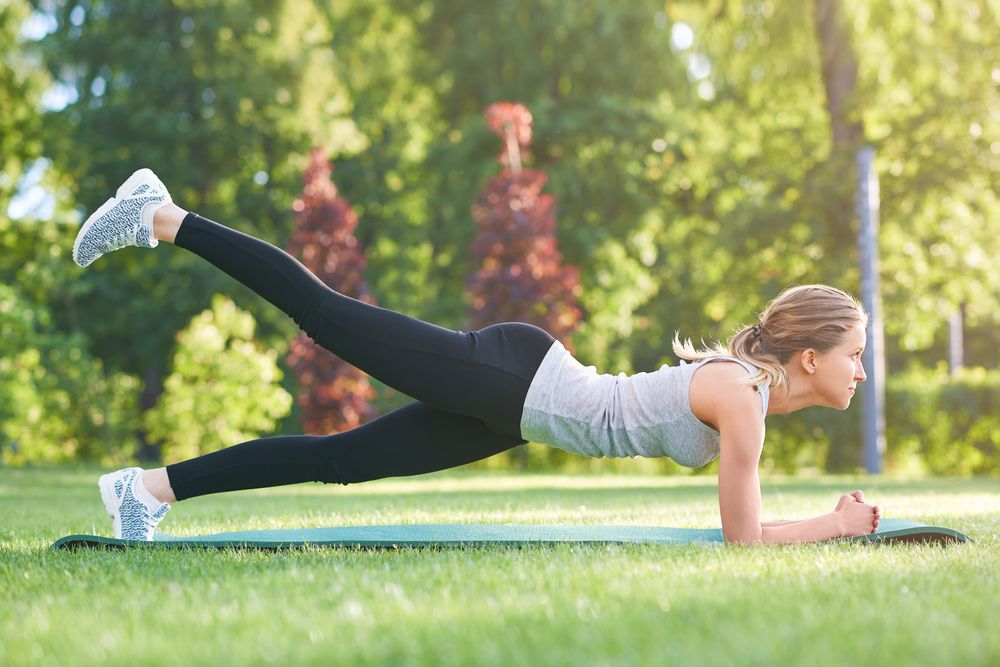
Begin in a standard plank position, ensuring your body forms a straight line from your head to your heels. Lift one leg off the floor, keeping it straight and parallel to the ground. Hold for 10 to 15 seconds, then switch legs. Aim to complete two sets of eight to 12 repetitions on each leg.
Workout #4: Glute Bridges
Glute bridges focus on the muscles of the posterior chain, such as the glutes, hamstrings, and lower back, aiding in enhancing strength and stability in the hips and pelvis.
1) Standard Glute Bridges
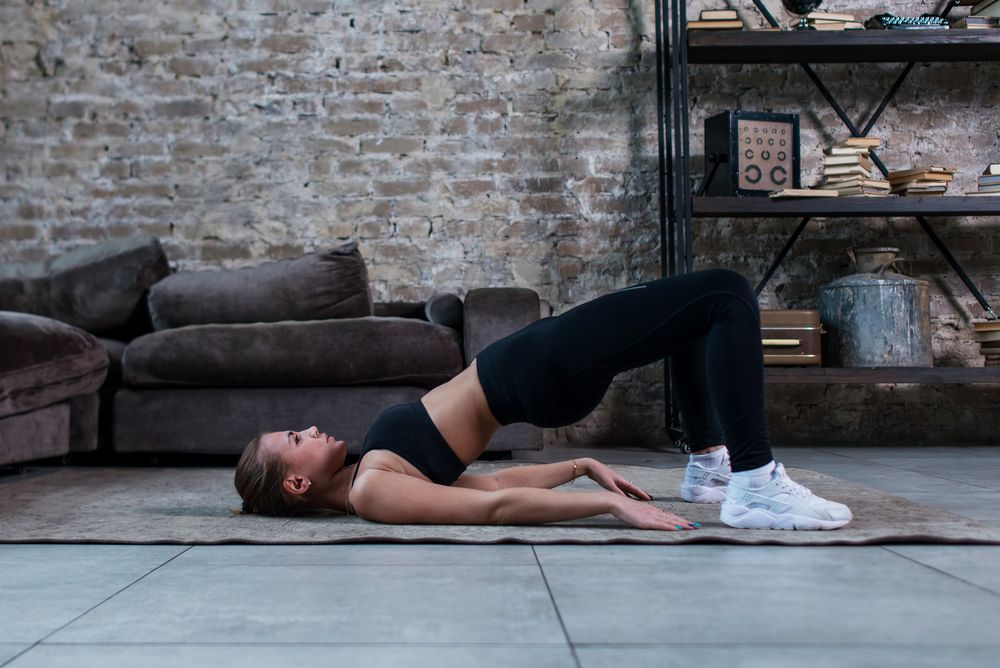
Assume a supine position with your knees bent and feet planted firmly on the floor, spaced hip-width apart. Activate your core and buttocks as you raise your hips upward, creating a seamless alignment from knees to shoulders. Sustain the peak position for two to three seconds before gently descending. Strive for two sets comprising 12 to 15 repetitions in each set.
2) Single-leg glute Bridges

Execute the traditional glute bridge stance. Extend one leg straight ahead, maintaining parallel alignment with the floor. Elevate your hips off the ground, relying on the power of your supporting leg and glute muscles. Target two sets of eight to 12 repetitions for each leg.
3) Glute Bridge Marches

Begin in the traditional glute bridge stance with raised hips and an activated core. Elevate one knee towards your chest while maintaining level hips. Lower the raised leg and alternate with the opposite leg. Strive for two sets comprising 10 to 12 repetitions for each leg.
Workout #5: Bird Dogs
To conclude these floor workouts aimed at regaining muscle mass, incorporate bird dogs. Bird dogs are dynamic core exercises focusing on the back, abdominals, and glutes. They enhance spinal stability and posture, contributing to overall strength and balance.
1) Standard Bird Dogs
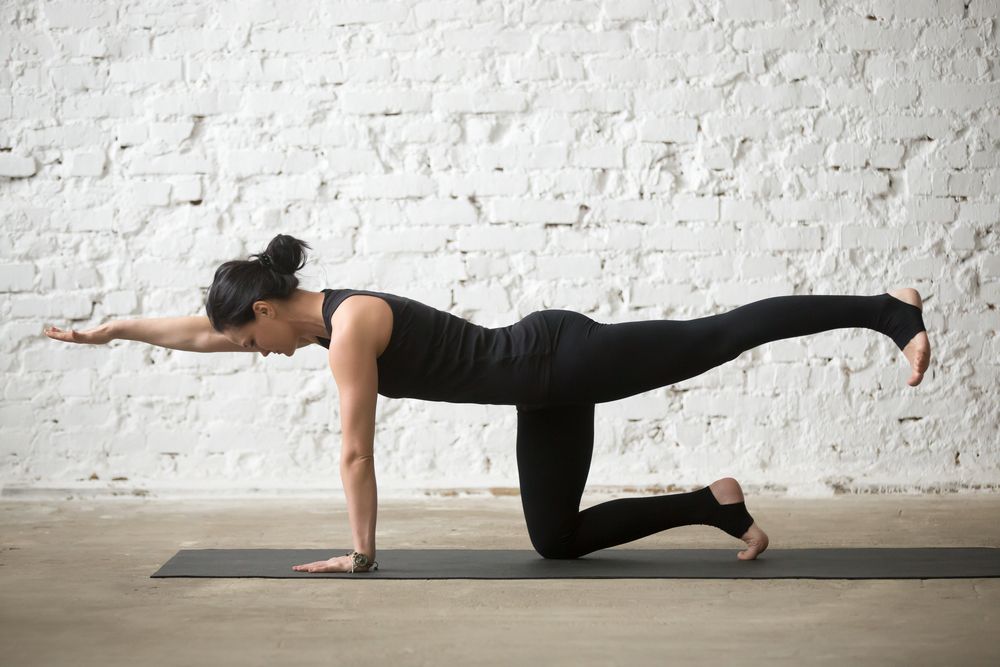
Commence in a tabletop position with hands and knees aligned—wrists under shoulders and knees under hips. Extend one arm forward and the opposite leg backward, ensuring level hips and engaged core. Maintain the extension for two to three seconds before returning to the initial position and switching sides. Aim for two sets comprising 10 to 12 repetitions on each side.
2) Bird Dog Pulses

Execute the typical bird dog stance. While in the extended position, gently pulse the lifted arm and leg up and down, concentrating on activating the muscles of the back and glutes. Strive for two sets with eight to 10 pulses on each side.
3) Bird Dog Rows
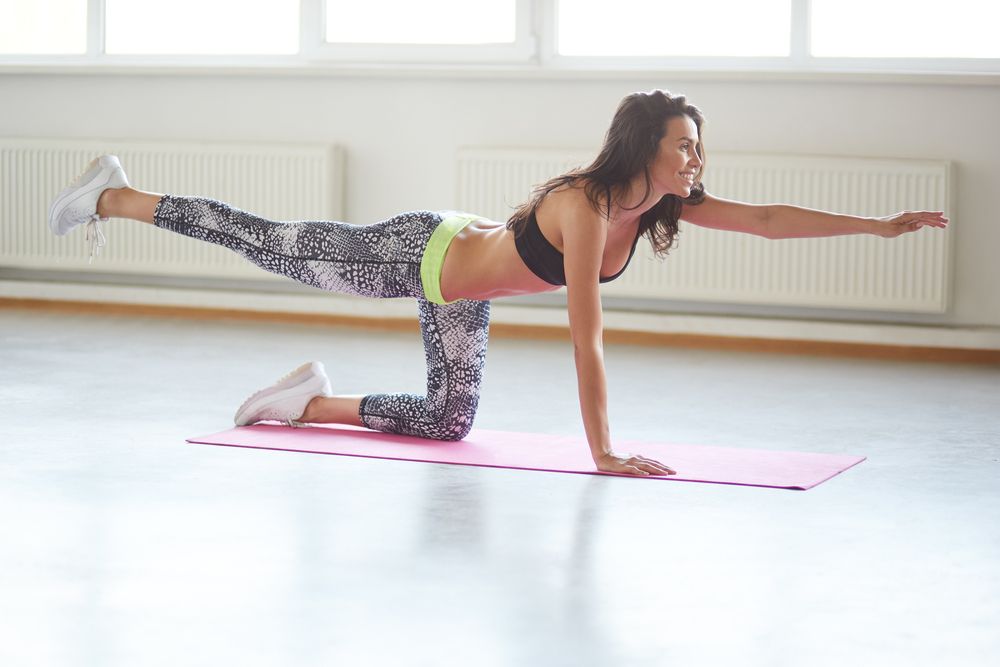
While assuming the standard bird dog stance, grasp a light dumbbell in one hand. In the extended position, bend your elbow, drawing the dumbbell towards your hip, and activating the muscles of the back and shoulders. Extend the arm outward again and lower the leg, then alternate sides. Aim for two sets of 10 to 12 repetitions on each side.

